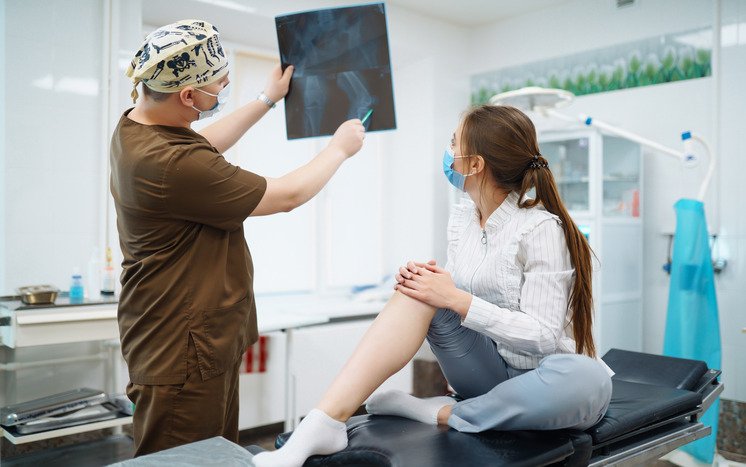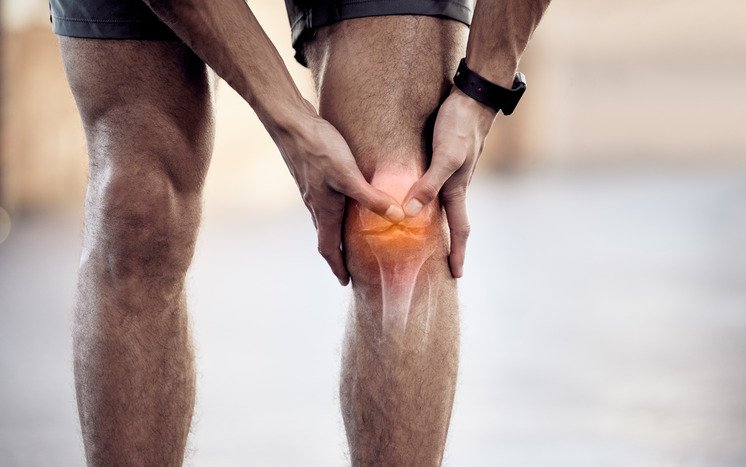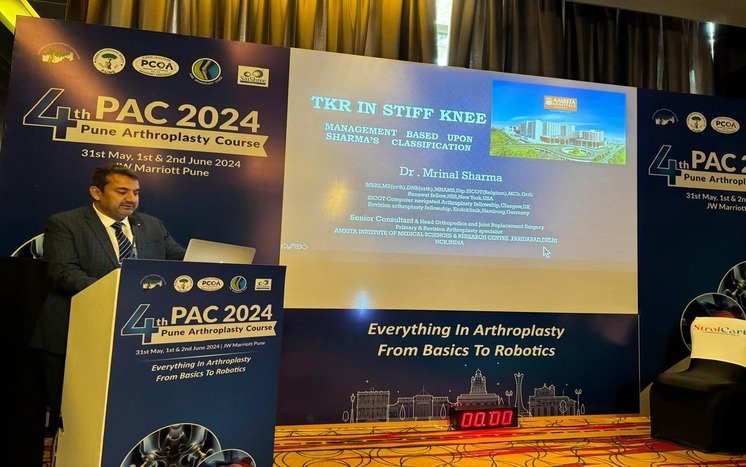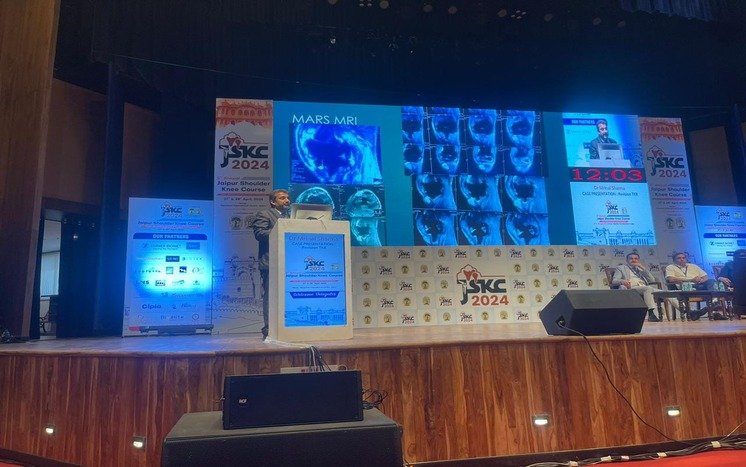
10:00am to 04:00pm (Mon to Sat) - Metro Hospital, Faridabad
06:00pm to 08:00pm (Mon to Sat) - Arthrocare Clinic, Noida
10:00am to 04:00pm (Mon to Sat) - Metro Hospital, Faridabad
06:00pm to 08:00pm (Mon to Sat) - Arthrocare Clinic, Noida
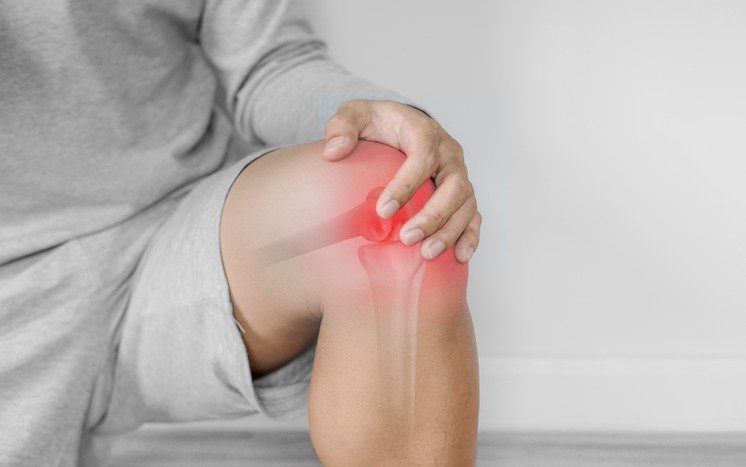 January 31, 2024
January 31, 2024
Pain management is critical in orthopedic care, particularly for patients recovering from surgeries like knee replacements. In recent years, breakthrough pain management strategies have significantly improved how orthopedic patients cope with postoperative discomfort. This blog explores these innovative approaches that are changing the landscape of orthopedic care in 2024.
Understanding Pain in Orthopedic Patients
Orthopedic surgeries, while often necessary for improving mobility and quality of life, can result in considerable postoperative pain. Managing this pain is crucial not only for patient comfort but also for effective rehabilitation and recovery. Traditional pain management has primarily relied on medications, but the evolution in this field has brought forth more effective and patient-friendly methods.
Advanced Pain Management Techniques
1. Multimodal Pain Management:
2. Local and Regional Anesthesia:
3. Non-Opioid Medications:
4. Physical Therapy and Exercise:
5. Alternative Therapies:
6. Pain Management Education and Support:
7. Technology in Pain Management:
The Future of Pain Management in Orthopedics
The future of pain management in orthopedics is promising, with continued research and development of new techniques and medications. The goal is to provide more personalized and effective pain control while minimizing side effects and the risk of addiction.
Conclusion
The advancements in pain management strategies are a beacon of hope for orthopedic patients. These breakthroughs improve the patient’s comfort during recovery and positively impact the overall outcome of orthopedic treatments. As we progress, these innovative approaches are expected to become integral components of orthopedic care, ensuring a smoother and more comfortable patient recovery journey.
